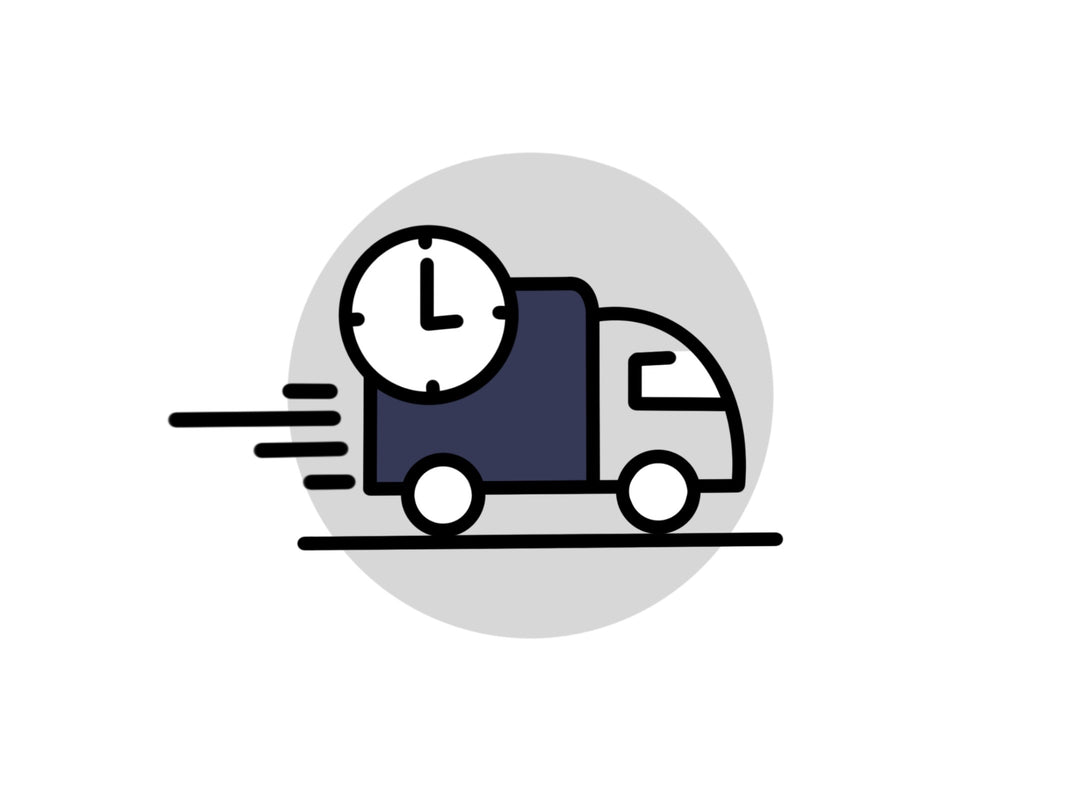Why Are Montessori Toys Made out of Wood?

There is a common theme in Montessori toys that new parents will pick up on pretty quickly - They are typically made of wood. Montessori toys typically avoid plastic in exchange for the more natural material of wood or silicone. This makes you wonder, are wooden toys better for development? There are many benefits of wooden toys, many of which will help children with their cognitive growth from a young age.
Click here to read "The Top 7 Montessori Baby Toys (and Mobiles) Experts Agree You Need" ->
In short, here are the benefits of wooden toys. They give children the ability to:
- Enjoy toys that are more visually appealing.
- Relate this visual appeal to a natural material - one that is far more sustainable than plastic.
- Play with the same toys for a lot longer, allowing for repetitive lessons and further educational development.
- Learn new abstract concepts thanks to the properties of the wood.
- Play with something safer than plastic, which allows for more independent learning as opposed to facilitated play from the parent.
Here's a quick video from DadVerb that sums up the reasons for Montessori toys being made of wood:
Wooden toys are more visually pleasing than plastic ones.
Montessori toys will look more attractive in a baby room because of their natural, calming tones. You can have items that focus on the natural grain of the wood and soft, sanded corners. Or, you can find pieces with gentle tones in safe paints.
The visual appeal of these attractive toys is also important when figuring out how to set up a Montessori nursery or playroom. The layout of these rooms is important for creating the very best environment where children can learn on their own and be welcomed into a prepared environment.
Placing a few toys within reach on shelves or wooden cabinets gives a child the independence of what to work with next. The child can do so in their own time, providing further independence and growth.
Click here to read "The Top 7 Montessori Baby Toys (and Mobiles) Experts Agree You Need" ->
Wooden toys show the beauty of natural materials.
Beyond that idea of beauty in wood, Dr. Maria Montessori believed that beautiful toys enhanced the experience and environment of a child. She believed that these toys gave them a better sense of the importance of natural materials in life from an early age.
Children that grow up with wooden toys are more likely to gravitate towards natural items in the future.
This importance of natural materials also has an environmental factor, something that is increasingly important for young parents. As we strive to reduce our use of plastic and turn to sustainable materials, wooden toys make a lot more sense. They are durable and classic. They are also much safer for our children when free of chemical treatments.
Wooden toys can be passed along from generation to generation with less fear of the item breaking like a similar toy made of plastic.

Wooden toys are better for development because they are more durable for repetitive learning.
The durability of wooden Montessori toys also means that one toy can provide ongoing learning and development for years, unlike plastic toys that are likely to break before long.
One of the key factors that make Montessori learning so effective is the notion of independent repetitive learning, especially for infants and babies. Parents new to the concept may see these toys as lacking in features or instant gratification. Instead, the benefits of wooden toys are that they offer deeper lessons on motor skills, reasoning, cognitive development, and other similar abstract concepts. They do so with self exploration and repeated lessons through the same patterns of cause and effect.
Kids build skills with time, often independently and at their own pace. This is another reason why those tactile and appealing materials are so important, they ensure that these toys remain forever engaging for children.
Click here to read "The Top 7 Montessori Baby Toys (and Mobiles) Experts Agree You Need" ->
Wooden toys are better for development because the wooden materials allow for deeper sensory exploration.
As adults, we tend to have a preference for anything made of wood over plastic because of the way that it feels. The tactile nature of the material feels nicer when we run our fingers over it. There is also something nice about the weight.
We tend to think that this is an adult preference, but babies and toddlers experience wood in a similar way. The texture is more inviting for children that learn by touch and by putting things in their mouths. It also changes temperature with the environment of the room. Wooden blocks can feel surprisingly cool after a night unused in a cold room, but soon warm up in their hands.
The weight of the objects makes a difference to them too. Babies can learn about size and density through the weight of the objects. Larger dense wooden blocks and toys are harder to pick up than smaller ones. Artificial materials often lose their weight and do not provide this part of the tactile experience.

Natural materials of all kinds allow for great lessons and experiences in a Montessori nursery.
Of course, not all Montessori items are entirely made of wood. But, there is still a desire to use natural materials where possible to offer the same sort of tactile experience, the same durability, and the same lessons on the beauty and sustainability of these items.
Books are one such example, with cloth books or cardboard books lasting for years and biodegrading at the end of their life. The topponcino is also made of completely natural cotton and acts as a soft, long-lasting cradle for your child while playing beneath their wooden Montessori play sets or while feeding.
Wooden Montessori toys are the best choice for durable, effective toys that kids will learn from and love for years.
There are lots of wooden toys that can teach children all kinds of lessons and skills. You can fill a nursery with as many as you like for different purposes. But, you will see that they share the same core benefits. As you have read, there are many benefits of wooden toys. They are enjoyable to touch, simple in their visual appeal, and able to teach children lots about their abilities and about the world they live in.
Want to learn more? Check out our other Guides & Articles ->













